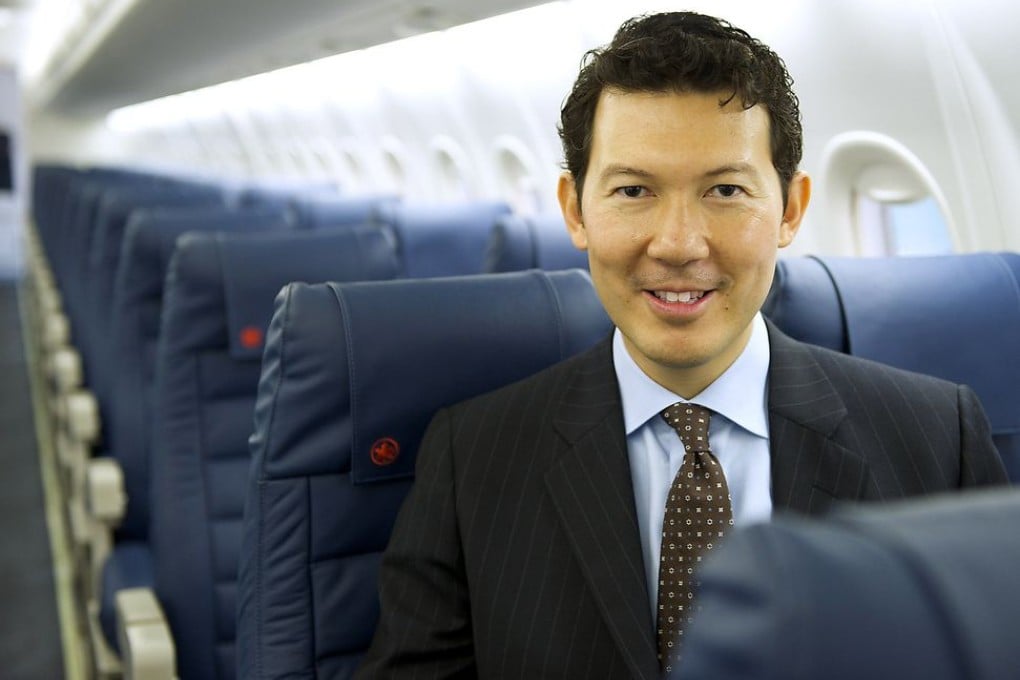Toronto is North America's next global hub
Taking inspiration from KLM's hub structure in Amsterdam, Air Canada is positioning Toronto Pearson International Airport as North America's next global hub.

Taking inspiration from KLM's hub structure in Amsterdam, Air Canada is positioning Toronto Pearson International Airport as North America's next global hub.
Despite a relatively small home base, KLM operates 132 destinations from Amsterdam's Schiphol airport. This is driven by sixth freedom flow traffic, or connecting passengers, who account for 70 per cent of KLM's international passenger volume.
Similarly, excellent geographic positioning makes Toronto Pearson ideal for passengers transiting between South America and Asia, and on North America-Asia/Europe routes. As Canada's biggest airport and among the largest in North America, it generates the second-largest international passenger traffic in the region. Toronto's stature as Canada's largest city and financial powerhouse supports this. It is home to 5.5 million people across the Greater Toronto area alone.
"We have a great local base that drives the demand," says Benjamin Smith, Air Canada's executive vice-president and chief commercial officer. "Toronto is one of the largest cities for Asian expats, and we have a lot of links with Asia that gives us a fantastic base to grow the home market."
Air Canada has dedicated transborder and international Maple Leaf lounges at Toronto Pearson. From there, it operates up to 380 daily flights and serves up to 136 destinations worldwide. United States-bound passengers get their baggage checked through, while US pre-clearance is automated for some 5 million US and Canadian passport holders. They simply insert their passports into a kiosk, respond to the declaration questions and finalise the entry and inspection process with a US Customs and Border Protection (CBP) office right there.
Automated Passport Control (APC) at Toronto Pearson, a joint undertaking of CBP and the Greater Toronto Airports Authority (GTAA), began in December. APC use in airports has generally led to a 36 per cent decrease in average wait times, based on CBP monitoring.
